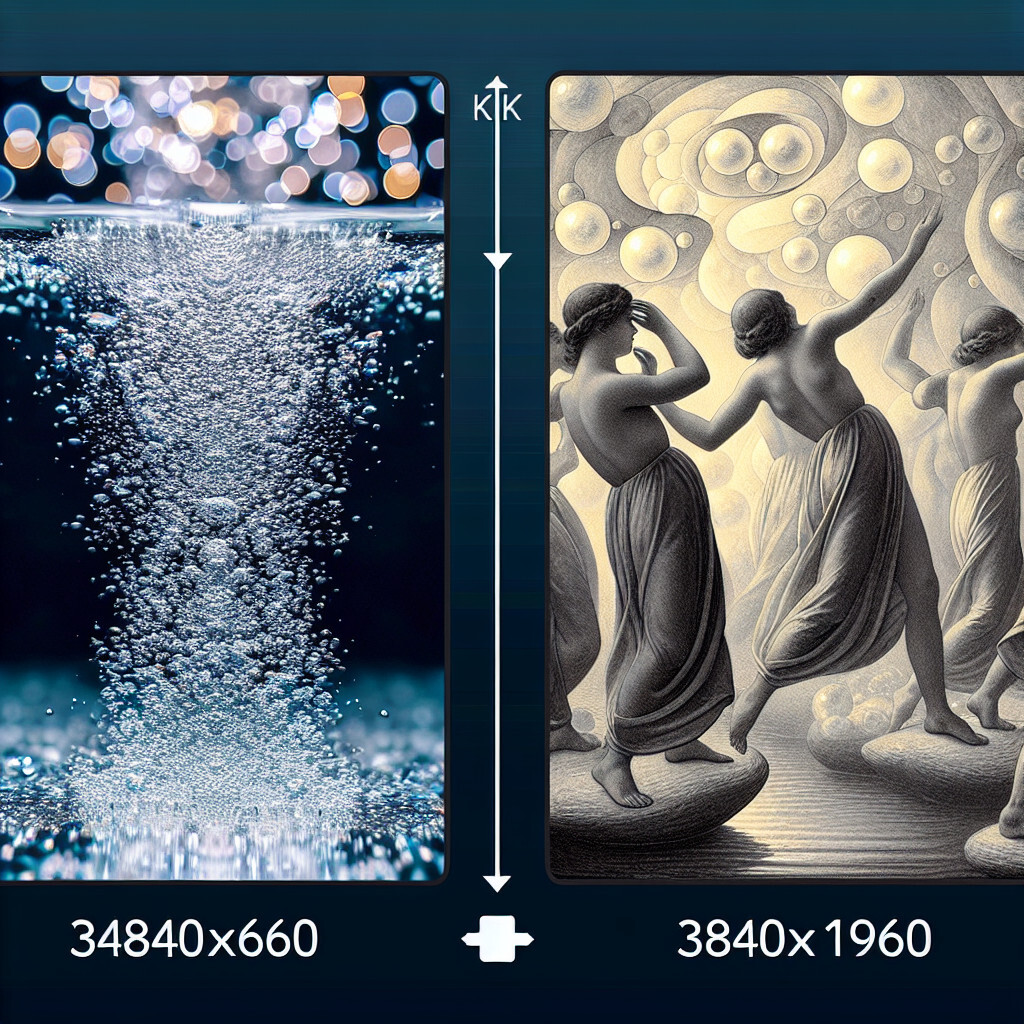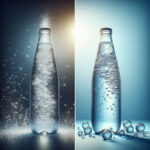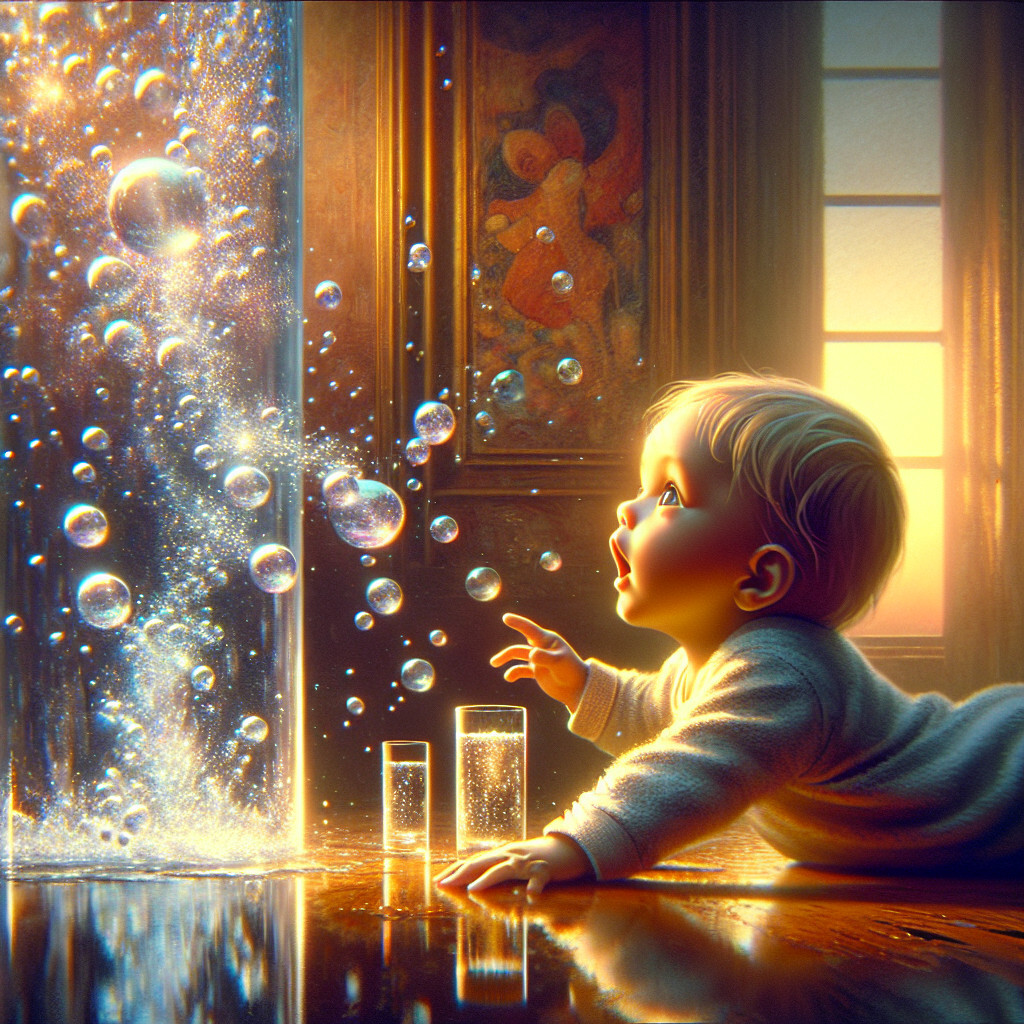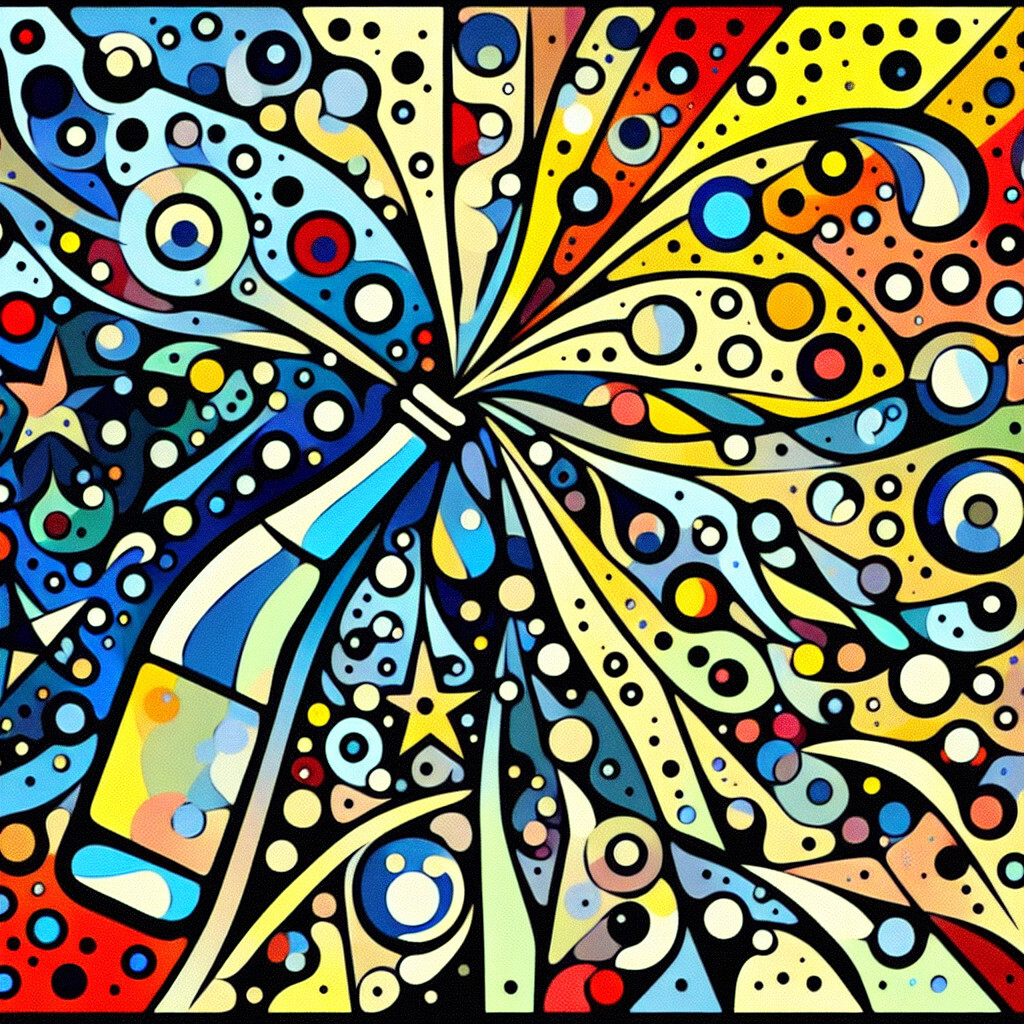-
Table of Contents
“Sparkling Water vs Still: The Fizz that Adds a Twist!”
Introduction
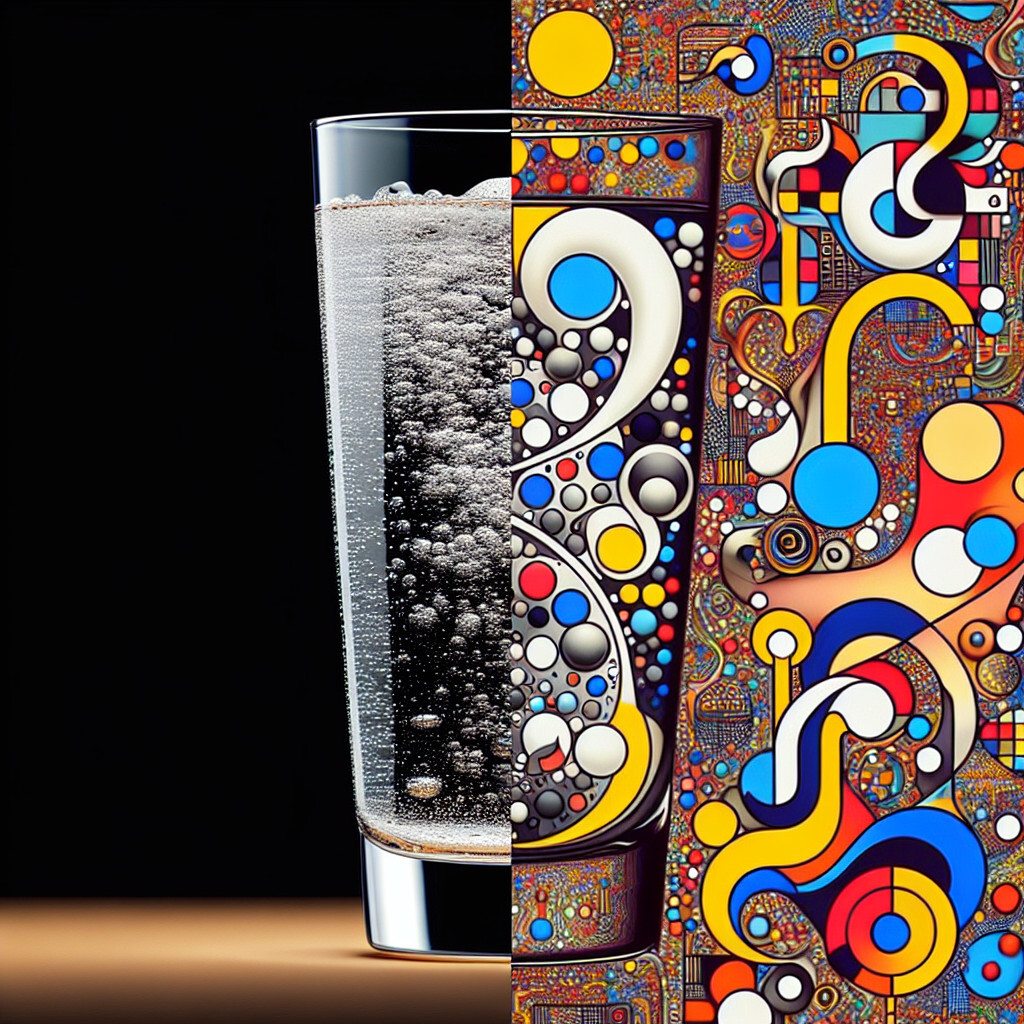
still water.
Sparkling water and still water are two types of water that are commonly consumed worldwide. Sparkling water, also known as carbonated water, is infused with carbon dioxide gas under pressure, giving it a fizzy and bubbly texture. It is often consumed as a refreshing, calorie-free alternative to sugary drinks. On the other hand, still water, also known as regular water, is free from any added gases and maintains its natural, non-carbonated state. It is universally consumed for hydration and is a fundamental necessity for human life. The comparison between these two types of water often revolves around aspects such as taste, health benefits, and personal preference.
Health Benefits: Sparkling Water vs. Regular Water
The debate between sparkling water and regular water has been a topic of interest for many health-conscious individuals. Both types of water serve to hydrate the body, but they differ in taste, texture, and potential health benefits. This article aims to shed light on the health benefits of both sparkling water and regular water, providing a comprehensive comparison to help you make an informed decision about your hydration choices.
Regular water, also known as still water, is the most natural form of hydration. It is free from any additives, making it a pure source of hydration. Regular water aids in maintaining the body’s fluid balance, which is crucial for digestion, absorption, circulation, creation of saliva, transportation of nutrients, and maintenance of body temperature. It also helps to keep the skin looking good, aids in weight loss, and flushes out toxins from the body. Regular water is also beneficial for kidney health as it helps in the dilution of salts and minerals that can lead to kidney stone formation.
On the other hand, sparkling water, also known as carbonated water, is water into which carbon dioxide gas under pressure has been dissolved. Some people find that sparkling water can be a more enjoyable way to meet their daily hydration needs. Contrary to popular belief, sparkling water is just as effective as still water in providing hydration. A study published in the American Journal of Clinical Nutrition found that sparkling water can be just as hydrating as still water.
Sparkling water has also been found to have potential benefits for digestion. It can help to improve swallowing, increase feelings of fullness, and reduce constipation. A study published in the European Journal of Gastroenterology and Hepatology found that people who had a predisposition to gallstone formation, a common digestive disorder, could benefit from drinking sparkling water. The study suggested that the carbon dioxide in sparkling water could stimulate the gallbladder to release bile, which can reduce the risk of gallstones.
However, it’s important to note that not all sparkling waters are created equal. Some sparkling waters contain added sugars and artificial flavors, which can lead to weight gain and other health problems. Therefore, when choosing sparkling water, it’s best to opt for varieties that are free from added sugars and artificial flavors.
In conclusion, both sparkling water and regular water have their own set of health benefits. Regular water is a pure source of hydration that aids in various bodily functions, while sparkling water can make hydration more enjoyable and may offer additional digestive benefits. However, it’s crucial to be mindful of the type of sparkling water you choose, avoiding those with added sugars and artificial flavors. Ultimately, the choice between sparkling water and regular water comes down to personal preference and individual health needs. Regardless of your choice, staying adequately hydrated is key to maintaining good health.
Taste Test: Comparing Sparkling Water and Tap Water
In the realm of hydration, the debate between sparkling water and tap water has been a topic of considerable discussion. Both have their unique characteristics and benefits, but how do they compare in terms of taste, health benefits, and environmental impact? This article aims to provide an informative comparison between these two popular forms of water.
Sparkling water, also known as carbonated water, is a refreshing beverage that has gained significant popularity in recent years. It is essentially water into which carbon dioxide gas has been dissolved under pressure, resulting in a fizzy drink. On the other hand, tap water is the most accessible form of water, supplied directly to our homes through a complex network of pipes.
When it comes to taste, sparkling water offers a unique, crisp sensation that many find refreshing. The bubbles produced by the carbonation process provide a tangy bite that can be quite satisfying, especially when served cold. Some brands of sparkling water also offer a variety of flavors, adding an extra dimension to the drinking experience. Tap water, however, has a more neutral taste. Its flavor can vary depending on the source and the minerals present in the local water supply. Some people may detect a slight metallic or chlorine taste in tap water, due to the treatment processes it undergoes to ensure its safety.
In terms of health benefits, both sparkling and tap water contribute to daily hydration needs. Sparkling water can be a healthier alternative to sugary sodas, providing the same fizzy satisfaction without the added calories or artificial sweeteners. However, it’s worth noting that some flavored sparkling waters may contain added sugars, so it’s always important to check the label. Tap water, particularly in areas where it’s fluoridated, can contribute to dental health. It’s also typically rich in essential minerals like calcium and magnesium.
The environmental impact of these two forms of water is another important factor to consider. Tap water has a lower environmental footprint as it requires less processing and packaging. It’s delivered directly to homes and businesses through an infrastructure that’s already in place. Sparkling water, especially when packaged in single-use plastic bottles, can contribute to plastic waste. However, many brands are now offering their products in recyclable cans or glass bottles, and home carbonation systems are also becoming increasingly popular.
In conclusion, both sparkling water and tap water have their own unique advantages. Sparkling water offers a refreshing, fizzy alternative to still water and can be a healthier substitute for sugary drinks. Tap water, on the other hand, is readily available, cost-effective, and can provide essential minerals. When it comes to environmental impact, tap water generally has the upper hand, but responsible choices can reduce the footprint of sparkling water. Ultimately, the choice between sparkling and tap water comes down to personal preference and lifestyle considerations. It’s always important to stay hydrated, and both sparkling and tap water can help achieve that goal.
Environmental Impact: Bottled Sparkling Water vs. Tap Water
The environmental impact of our daily choices is a topic of increasing concern. One such choice that has a significant effect on our planet is our preference for bottled sparkling water over tap water. This article aims to shed light on the environmental implications of this seemingly innocuous decision.
Bottled sparkling water has gained popularity in recent years due to its refreshing taste and perceived health benefits. However, the production, transportation, and disposal of these bottles contribute significantly to environmental degradation. The manufacturing process of plastic bottles requires large amounts of fossil fuels and water. According to the Pacific Institute, producing the bottles for American consumption alone requires more than 17 million barrels of oil annually, excluding the energy for transportation. This is equivalent to fueling 1.3 million cars for a year.
Moreover, the transportation of bottled water from the source to the consumer also has a substantial carbon footprint. This is especially true for imported brands that travel long distances, often by air, which is the most carbon-intensive form of transport. Furthermore, refrigerating bottled water at stores and homes adds to the energy consumed.
The disposal of plastic bottles is another critical issue. Despite recycling efforts, a significant percentage of plastic bottles end up in landfills or the ocean, where they take hundreds of years to decompose. The Ellen MacArthur Foundation reports that by 2050, there will be more plastic than fish in the world’s oceans if current trends continue. This plastic pollution harms marine life and ecosystems and eventually enters our food chain.
On the other hand, tap water has a much lower environmental impact. It requires less energy to treat and distribute, and it generates no plastic waste. In most developed countries, tap water is subject to rigorous quality controls and is safe to drink. However, the perception of tap water quality and taste varies widely, leading many people to prefer bottled water.
One way to enjoy the fizz of sparkling water while minimizing environmental impact is to use a home carbonation system. These devices carbonate tap water, providing the same refreshing bubbles without the plastic waste. While these machines do require an initial investment and energy to operate, their overall environmental footprint is significantly smaller than that of bottled sparkling water.
In conclusion, while bottled sparkling water may offer a refreshing alternative to still water, its environmental cost is high. From the energy-intensive production and transportation processes to the problem of plastic waste, the environmental impact of bottled sparkling water is significant. On the other hand, tap water, particularly when carbonated at home, provides a more sustainable choice. As consumers, it is crucial to consider these environmental implications when making our daily choices. By opting for tap water or investing in a home carbonation system, we can enjoy the fizz without the guilt, contributing to a healthier planet.
Hydration Levels: Sparkling Water vs. Regular Water
Hydration is a fundamental aspect of maintaining good health. It aids in digestion, keeps our skin glowing, and helps our bodies function optimally. While regular water has always been the go-to source for hydration, sparkling water has recently gained popularity as a refreshing alternative. However, a common question that arises is whether sparkling water can hydrate the body as effectively as regular water.
To begin with, it’s important to understand what sparkling water is. Also known as carbonated water, it is simply water into which carbon dioxide gas has been dissolved under pressure. This process gives the water its characteristic bubbles and fizz. Some brands of sparkling water may also contain added minerals or natural flavors for taste.
The primary concern that many people have about sparkling water is whether the carbonation process affects its ability to hydrate. According to numerous scientific studies, the answer is no. Sparkling water has been found to be just as hydrating as regular water. This is because the main component of both regular and sparkling water is, in fact, water. The carbonation process does not significantly alter the water’s composition or its hydrating properties.
However, it’s worth noting that while sparkling water can hydrate you just as well as regular water, it may not always be the best choice for everyone. Some people may find that the carbonation in sparkling water can lead to feelings of bloating or indigestion. This is particularly true for those with sensitive stomachs or gastrointestinal issues.
Moreover, it’s crucial to be aware of the type of sparkling water you’re consuming. Some brands may add sugars, artificial sweeteners, or other additives to their sparkling water, which can lead to other health concerns if consumed in excess. Therefore, it’s always a good idea to check the label and opt for plain sparkling water whenever possible.
Another point to consider is the impact of sparkling water on dental health. Some studies suggest that the acidity in sparkling water could potentially harm tooth enamel. However, the risk is significantly lower than that associated with sugary drinks like soda. Drinking sparkling water in moderation and maintaining good oral hygiene practices can help mitigate this risk.
In conclusion, when it comes to hydration, sparkling water can be just as effective as regular water. It offers a bubbly alternative for those who may find regular water bland or boring. However, it’s essential to consume it in moderation and choose brands that do not contain added sugars or artificial sweeteners.
Remember, the key to good hydration is not just about what you drink, but also how much you drink. Regardless of whether you prefer regular or sparkling water, the most important thing is to ensure you’re drinking enough to meet your body’s hydration needs. As a general guideline, aim for at least eight 8-ounce glasses of water per day, but remember that individual hydration needs can vary based on factors like age, activity level, and overall health.
In the end, the choice between sparkling water and regular water comes down to personal preference. Both can effectively hydrate the body, so feel free to enjoy whichever one you prefer. Just remember to stay mindful of your overall consumption and choose options that align with your health goals.
Q&A
still water.
1. Question: What is the main difference between sparkling water and still water?
Answer: The main difference between sparkling water and still water is that sparkling water contains carbon dioxide gas, which creates small bubbles and gives the water a fizzy sensation, while still water does not contain this gas.
2. Question: Is there a difference in health benefits between sparkling water and still water?
Answer: Both sparkling and still water can keep you hydrated, which is essential for health. However, some people find that sparkling water can help with digestion and provide a feeling of fullness.
3. Question: Can drinking sparkling water contribute to weight gain?
Answer: No, drinking sparkling water does not contribute to weight gain. It has no calories or sugars. However, some flavored sparkling waters might contain added sugars, so it’s important to check the label.
4. Question: Is sparkling water as hydrating as still water?
Answer: Yes, sparkling water is just as hydrating as still water. The carbonation does not affect the hydration benefits of the water.
Conclusion
regular water.
In conclusion, the main difference between sparkling water and regular water is the carbonation. Sparkling water contains bubbles and has a slightly acidic taste due to the addition of carbon dioxide, while regular water has a neutral taste. Both types of water can keep you hydrated, but some people may prefer the taste and sensation of sparkling water. However, it’s important to note that flavored or sweetened sparkling waters might contain added sugars or other ingredients. Therefore, when it comes to health, regular water is often the best choice.

